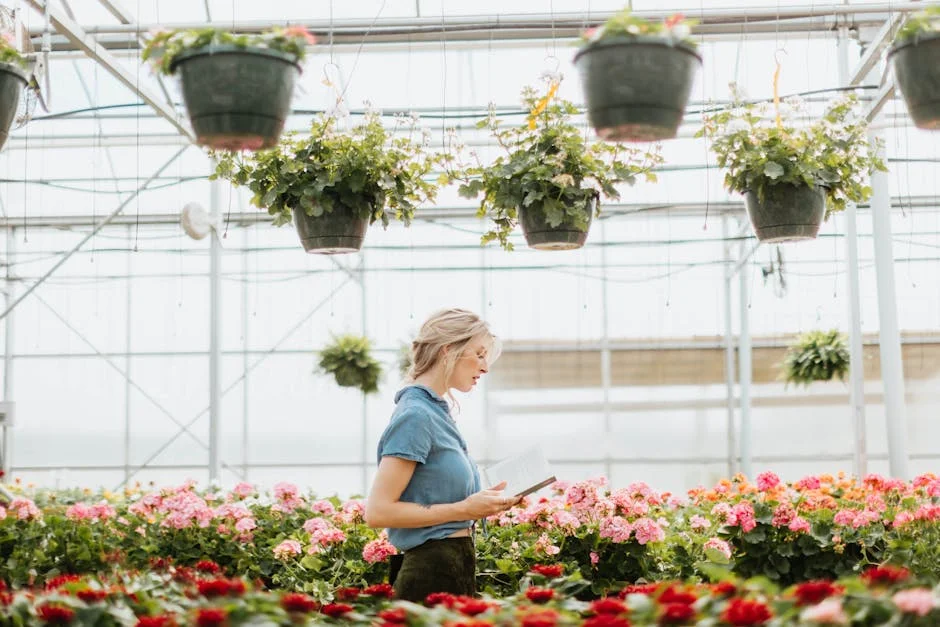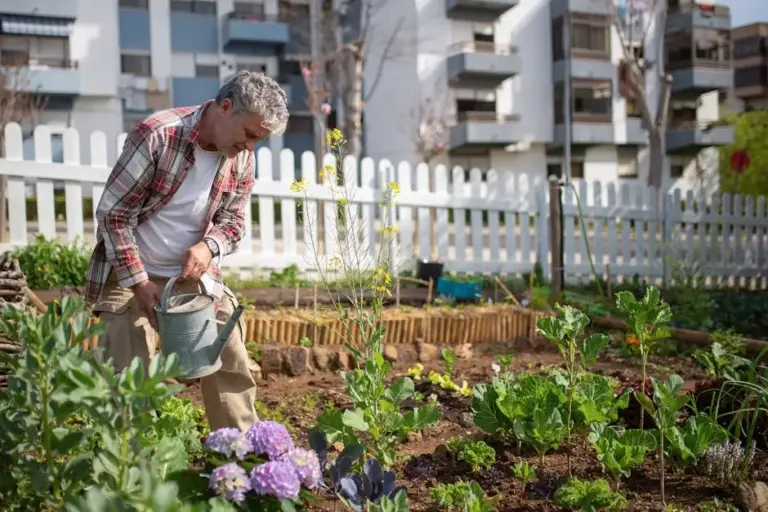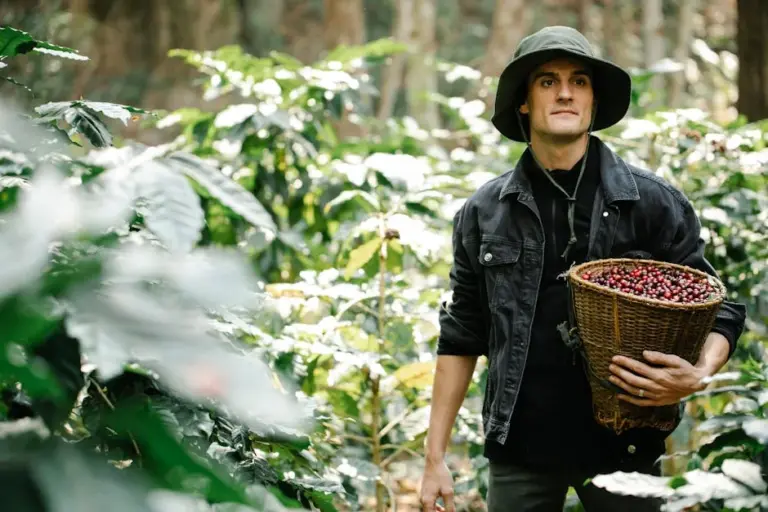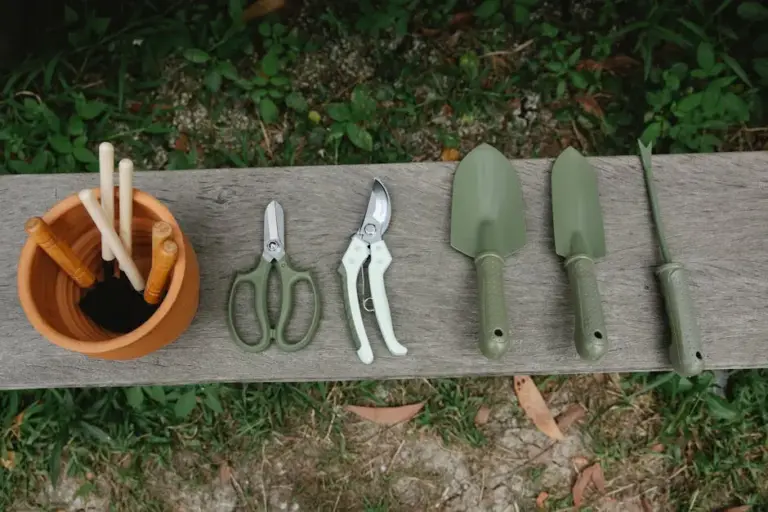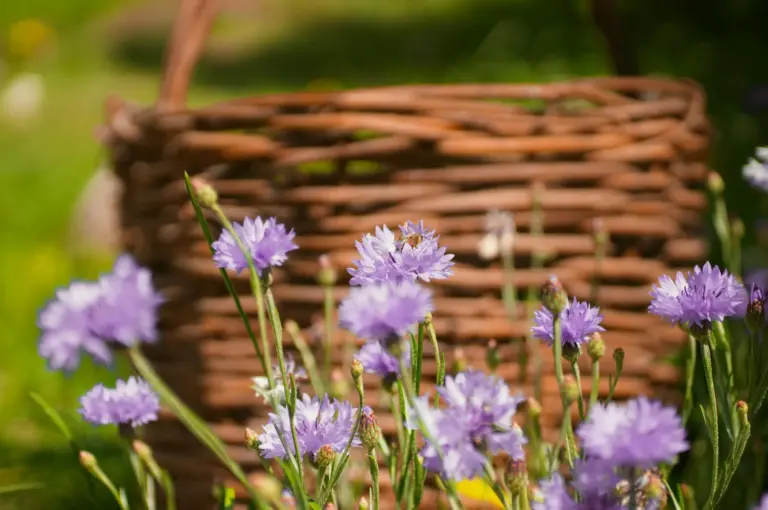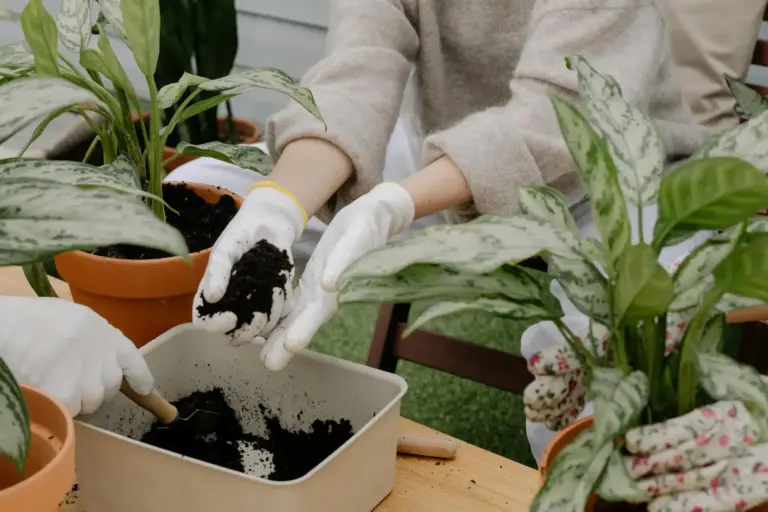Understanding Plant Labels: What Do They Really Mean? A Friendly Guide to Decoding Garden Tags
When you pick up a plant tag, it can feel like decoding a secret message. Those small labels hold key details about a plant’s size, care needs, and blooming habits, but they don’t always make it easy for you to understand. Understanding plant labels helps you choose the right plants for your space and care routine, so your garden thrives without guesswork.
You’ll find information about how tall and wide the plant will grow, how much sunlight it needs, and even tips on watering and soil preferences. Knowing how to read these labels means you won’t have to worry about overcrowding plants or giving them the wrong conditions. Taking a moment to learn what those terms and symbols mean will save you time and frustration.
Once you know what to look for, plant tags become your best gardening guide. With the right knowledge, you’ll feel confident picking plants that fit your garden and lifestyle perfectly, making your outdoor space healthier and more beautiful.
Decoding Common Plant Label Terms

Plant labels give you clear details that help you choose and care for your plants properly. They include names, climate suitability, and information about how big a plant will grow and how it behaves.
Botanical Names vs. Common Names

You’ll often see two names on a plant label: the common name and the botanical name. The common name is easy to remember and varies by region. For example, “Sunflower” is a common name.
The botanical name is scientific and usually written in Latin. It has two parts: genus and species, like Helianthus annuus for sunflower. This exact name helps avoid confusion because common names can mean different plants in different places.
Knowing both names can be useful if you want to research your plant or talk to experts. Many labels show the botanical name in italics or smaller print, so look for it to be sure.
Plant Hardiness Zones

Hardiness zones tell you where a plant can survive outdoors based on minimum winter temperatures. Labels often list USDA zones like 5-9, meaning the plant lives well in areas where winter lows fall between those zone temperatures.
You want to pick plants rated for your zone or a wider range to avoid risking frost damage or death. Zones don’t tell the whole story but are a vital first step for choosing plants that thrive in your climate.
If your label doesn’t list zones, check for a note about temperature tolerances or climate preferences. This will help you understand if it grows best in cool, warm, or mild conditions.
Growth Habits and Mature Size
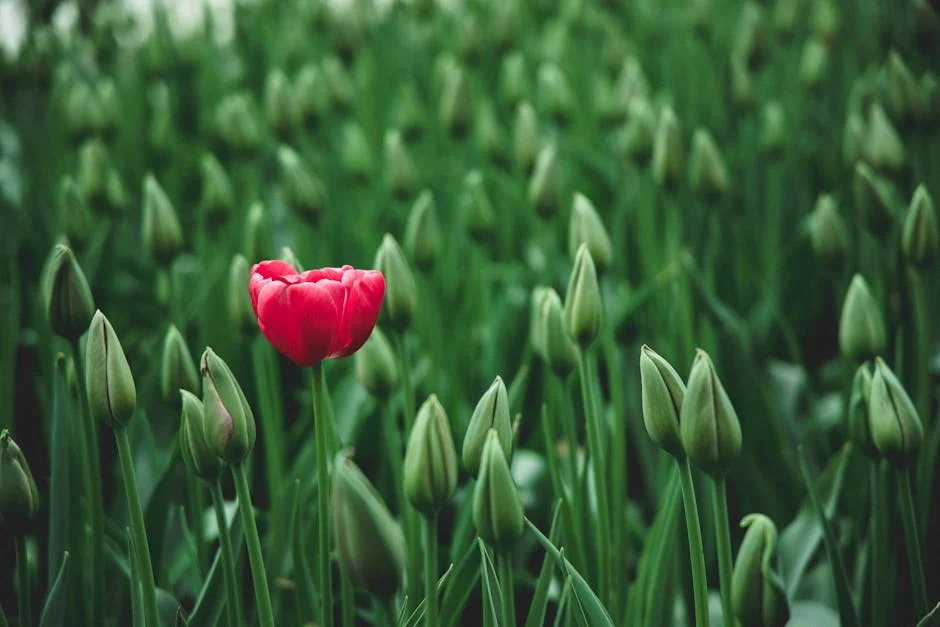
Plant labels describe how a plant grows and how large it gets, including height and spread. This information is key so you know where to plant it and if it fits your space.
Common terms you might see:
- Upright or erect: grows straight up.
- Spreading: grows wide rather than tall.
- Climbing: needs support like a trellis.
Mature size tells you about the plant’s full height and width at maturity. For example, a plant might grow 3 feet tall and spread 2 feet wide. Knowing this helps you avoid overcrowding your garden.
Look for size info on the label, often shown as height x width in feet or centimeters. This will help you plan your garden layout better.
Understanding Care Instructions
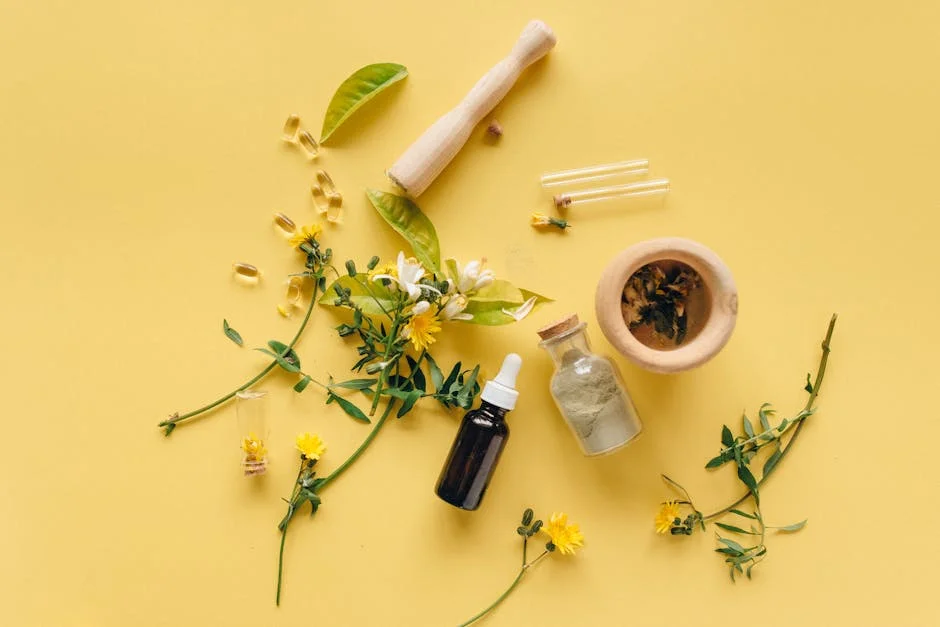
Plant labels give key details so you can provide the right environment. Knowing how much light and water your plant needs, plus the best soil type, helps it grow strong and healthy.
Light Requirements Explained
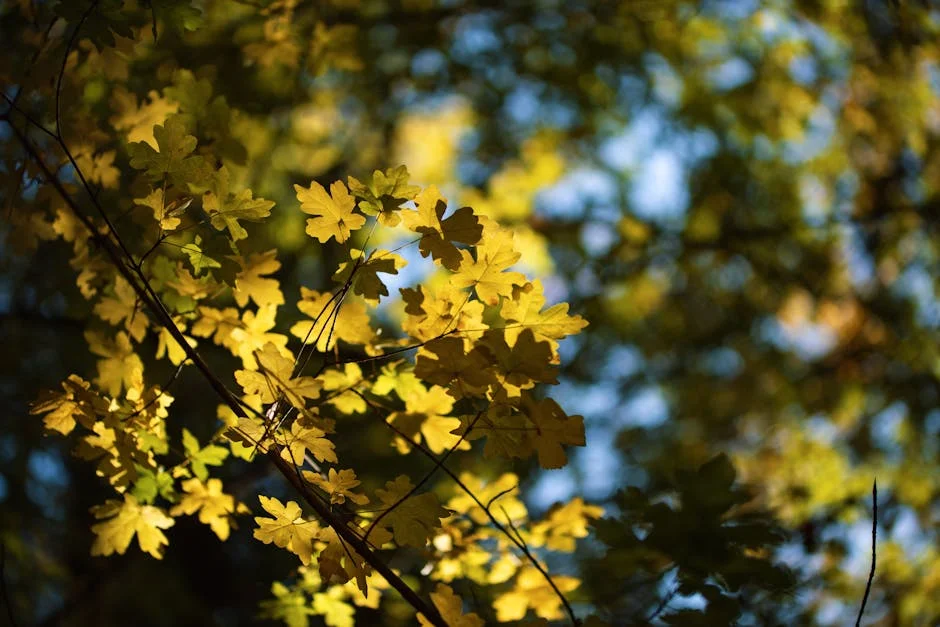
Light symbols or terms on plant tags tell you how much sun the plant needs each day. For example, “full sun” means your plant should get at least six hours of direct sunlight. “Partial shade” usually indicates 3-6 hours of filtered or indirect light.
If your plant says “shade,” it will do best away from direct sun, in a spot with less than three hours of sunlight, often indirect or dappled light. Sometimes, you’ll see icons representing sun and shade which make it easy to match your plant to its perfect spot.
Your goal is to avoid too much or too little light, which can cause leaf burn or stunted growth.
Watering and Soil Preferences
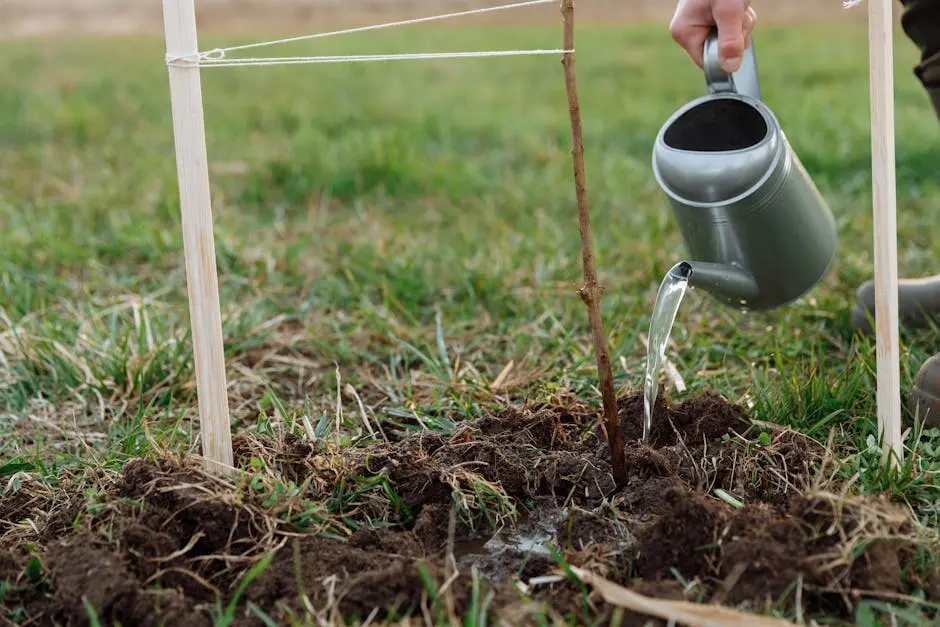
Water instructions on the tag often use terms like “moist,” “dry,” or “well-drained.” “Moist” means you should keep the soil damp but not soggy. “Dry” plants prefer soil to dry out between waterings.
Most plants thrive in well-drained soil, which stops roots from sitting in water. If drainage isn’t mentioned, it’s safe to assume the plant doesn’t like “wet feet”—wet soil can lead to root rot.
Check the tag for any specific soil type like “acidic” or “alkaline” conditions to fine-tune your soil mix. This info helps you avoid common watering mistakes and sets your plant up for success.
Planting and Spacing Details
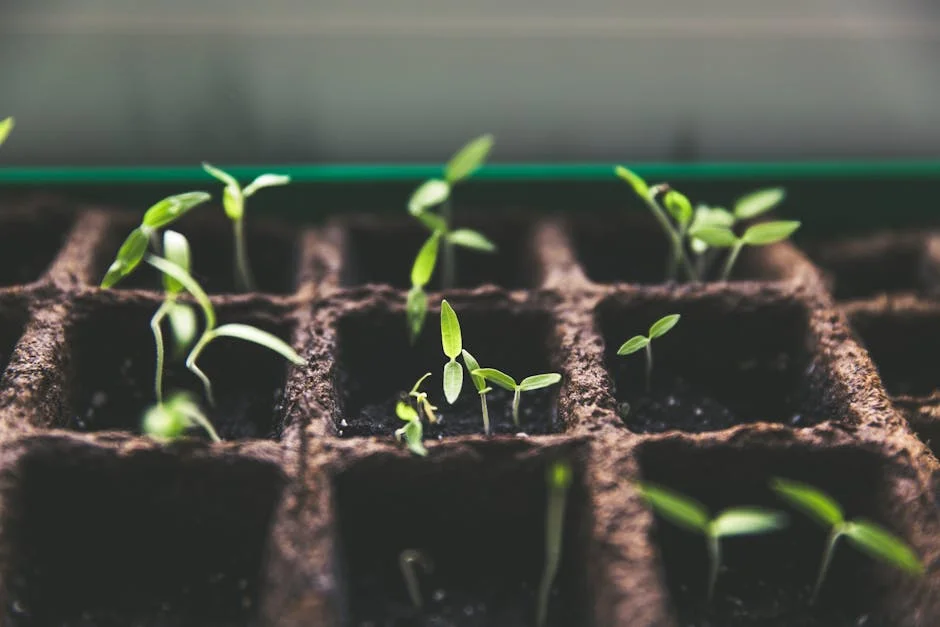
Proper spacing and planting depth are crucial for your plants to grow strong and healthy. Paying close attention to these details helps prevent overcrowding, disease, and poor development.
Spacing Recommendations
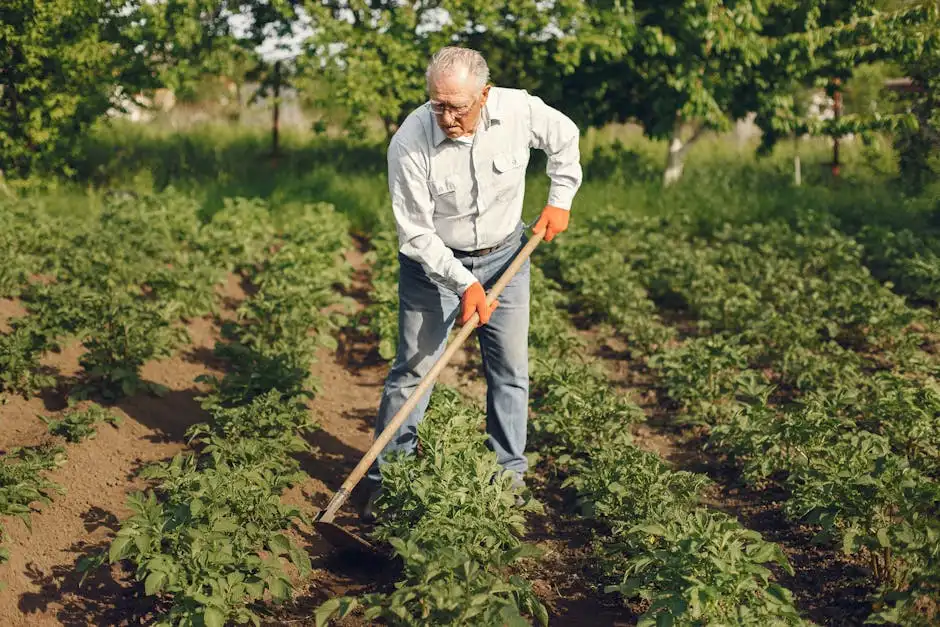
Spacing on plant labels tells you how far apart each plant should be when you place them in your garden. This distance lets plants get enough air, sunlight, and nutrients without competing too much.
You will often see spacing listed as two numbers: one for the width between plants in the same row and another for the space between rows. For example:
| Plant Type | Space Between Plants | Space Between Rows |
|---|---|---|
| Tomato | 18-24 inches | 36-48 inches |
| Lettuce | 6-12 inches | 12-18 inches |
Following these spacing guidelines helps your plants develop healthy root systems and stops the spread of diseases by allowing good airflow.
Planting Depth and Method

Planting depth is usually specified on the tag, indicating how deep you should set your seed or seedling into the soil. Planting too deep or too shallow can stunt growth or cause the plant to die.
Small seeds often need to be sown just under the surface, about ¼ inch deep, while larger seeds or transplants have different requirements. As a rule, plant seeds about twice as deep as their size.
Some plants may also have specific instructions for planting methods, such as soaking seeds before planting or spacing multiple seeds together. Always follow these details to give your plants the best start.
Special Notes and Warnings
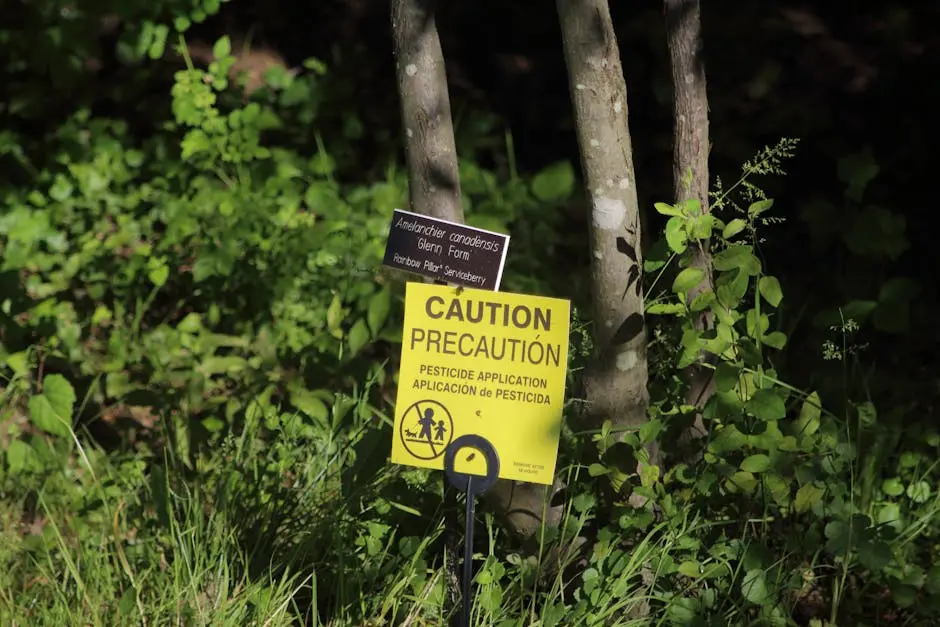
When you look at plant labels, some contain crucial safety details and helpful tips about which plants grow well together. Paying attention to these can protect your family, pets, and garden health.
Toxicity Information

You might see warnings on plant tags about toxicity. These labels often indicate if a plant is harmful to children, pets, or wildlife if ingested or touched. For example, plants like oleander or foxglove are highly toxic and require careful handling.
Look for clear symbols or phrases such as “toxic,” “poisonous,” or “keep away from pets.” This helps you decide where to place the plant—out of reach or maybe avoided altogether if you have curious pets or kids.
Keep this list in mind:
- Avoid planting toxic species near play areas
- Wear gloves when handling irritant plants
- Check for emergency treatment advice if mentioned
Plants with toxicity notes require extra caution, so you can enjoy your garden safely.
Companion Planting Guidance
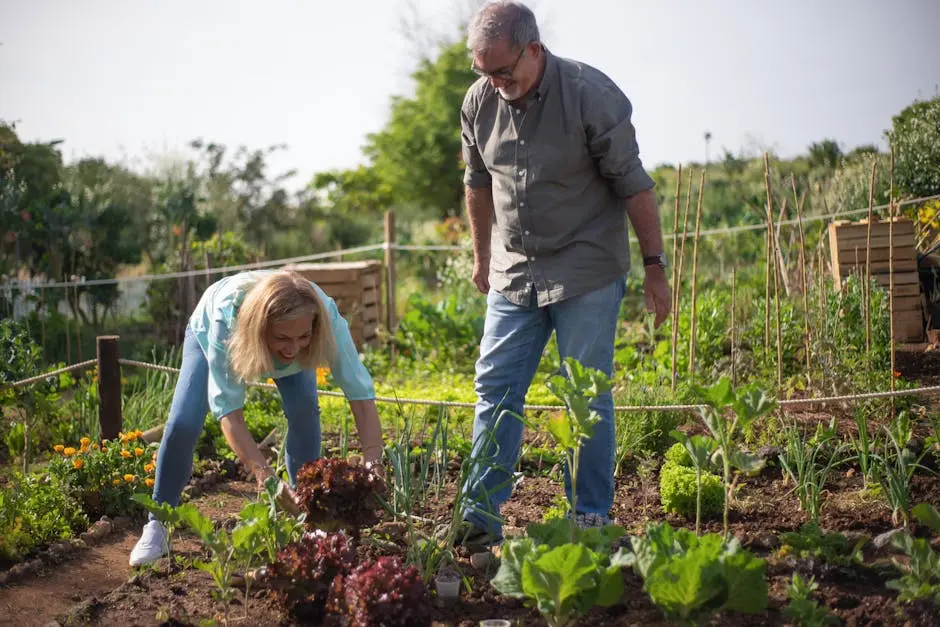
Some plant labels include tips about companion planting, which is a smart way to boost growth or deter pests naturally. You may find notes on which plants to put near or away from one another for the best results.
Look for advice like:
- “Grows well with basil and tomatoes”
- “Avoid planting near carrots”
These tips help you avoid problems like nutrient competition or pest attraction. Using companion planting guidance on your label can improve yield and reduce the need for chemicals.
Helpful reminders:
| Good Companions | Plants to Avoid |
|---|---|
| Beans and corn | Onions and beans together |
| Marigolds and vegetables | Fennel near many plants |
Use these hints to organize your garden efficiently and encourage healthier plants.
Tips for Making the Most of Plant Labels
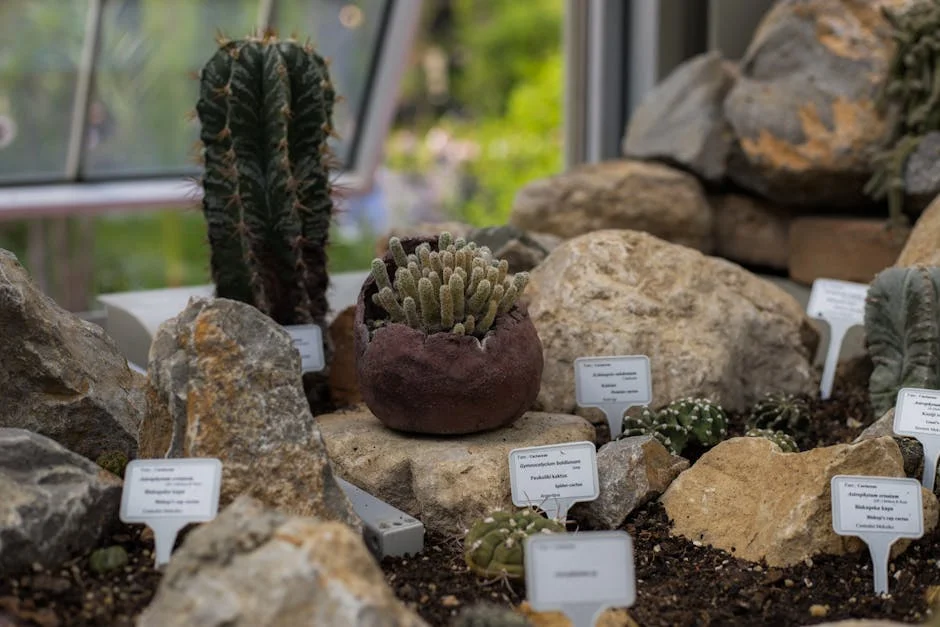
When you pick up a plant, always take a moment to read its label carefully. The information on the tag is designed to help you give your plant what it needs to thrive. Look for key details like sunlight requirements, mature size, water needs, and hardiness zone.
Use the symbols on the label as quick visual guides. For instance, a sun icon means full sunlight, while a water droplet shows how often the plant should be watered.
Make notes in your garden journal or on your phone about the plant’s recommended spacing and growth habits. This will help you plan your garden better and avoid overcrowding.
Here’s a checklist to help you use plant labels effectively:
- Check light exposure: full sun, partial shade, or shade
- Note water needs: low, medium, or high
- Consider mature size: height and width to space properly
- Identify blooming time: so you know when to expect flowers
- Look at hardiness zone: ensures the plant suits your climate
By using plant labels as your gardening guide, you’ll find it easier to care for your plants and watch them flourish.

